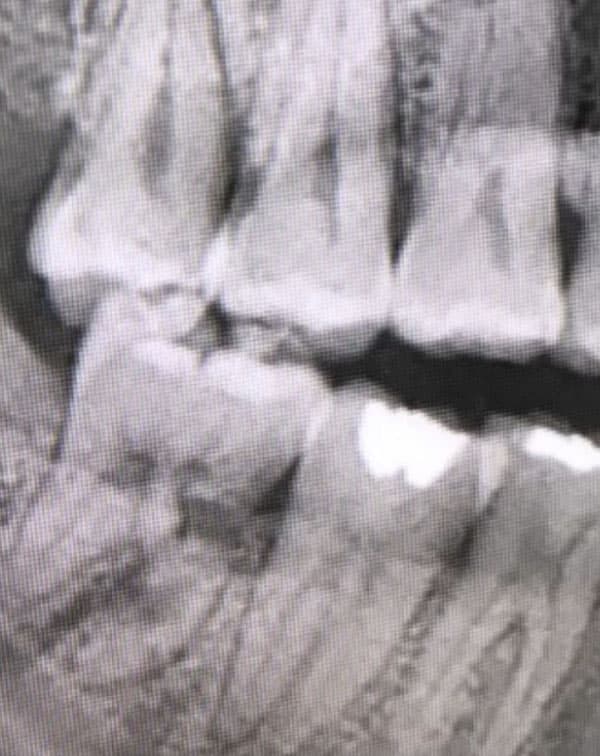First-Time Patient?
Fill Out Your New Patient Forms
Bone Grafting
City Dental Centers has 6 dentist offices conveniently located throughout Southern California offer oral bone grafting services. In more extreme cases of oral restoration, dental bone grafting may be necessary when bone loss has occurred in the jaw. This procedure is commonly performed prior to dental implant placement or when bone loss is negatively affecting your neighboring teeth.
Whatever your oral bone grafting needs might be, our dedicated dental teams are here to provide you with the highest quality dental services and make your dentist appointments as pleasant as possible.

Information About Oral Bone Grafting
What is Oral Bone Grafting?
A dental bone graft adds volume and density to your jaw in areas where bone loss has occurred. The dental bone grafting material may be removed from your own body or it may be purchased from various tissue banks if you lack sufficient material yourself. Additionally, oral bone grafting material may be synthetically made. People who lose potions of the jaw due to gum disease and oral cancer may benefit from oral bone grafting. A person with bone loss in their jaw usually needs a dental bone graft. However, dental bone grafts may be used in tandem with tooth extraction procedures or insertion of dental implants.
How Does an Oral Bone Graft Work?
Once the bone graft has been placed, it holds space for your own body to do the repair work. In other words, a dental bone graft allows your own bone tissue to begin the process of growth and regeneration.
Before your oral bone grafting procedure, dentists at your local City Dental Centers office perform an oral examination to check the health of your teeth, gums, and jaw. Dental X-rays or scans will be taken to determine the extent of your bone loss and surgical treatment options are discussed.
During bone grafting surgery, your dentist uses a necessary form of sedation dentistry to reduce pain & discomfort. As soon as you’re in a relaxed state, your dentist creates a small incision in your gums. Gum tissue is moved back slightly so that the jawbone is visible. After cleaning and disinfecting the area, your dentist adds bone grafting material to repair the defect. In many cases, the bone graft is covered with a membrane for additional protection. Finally, the gum tissue is repositioned and the incision is closed with stitches.
